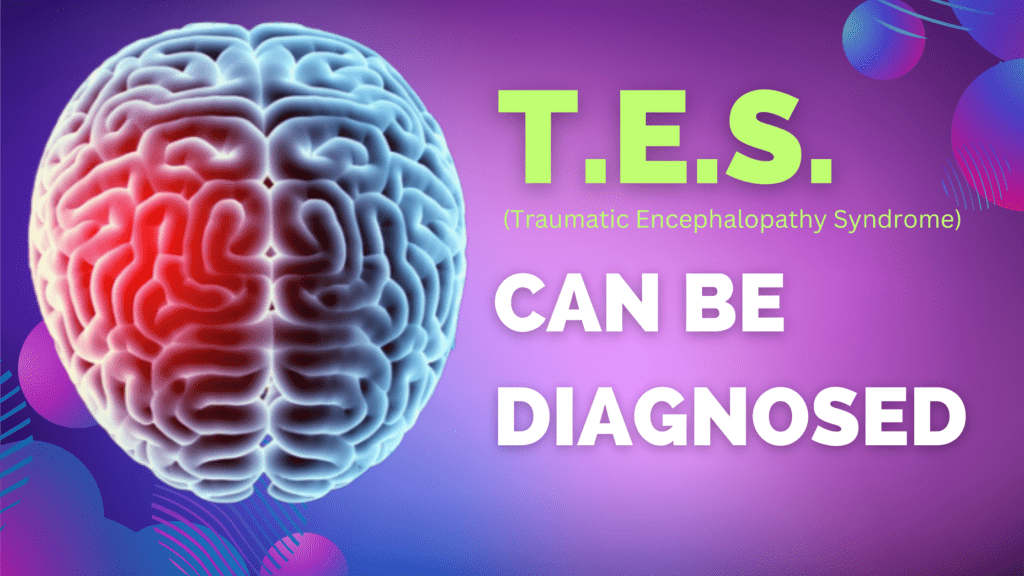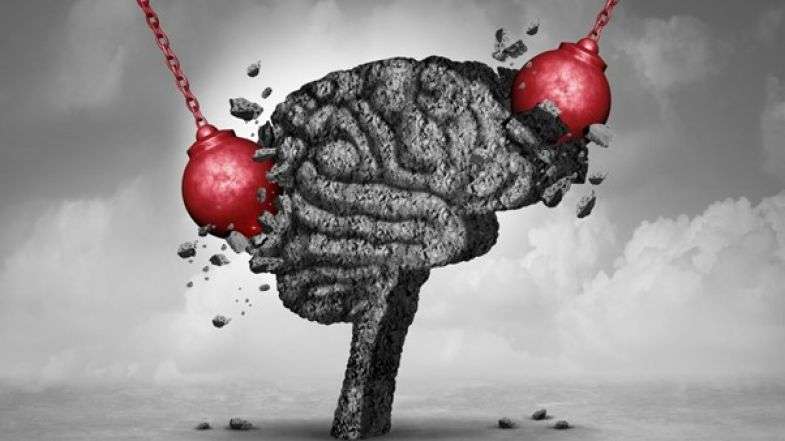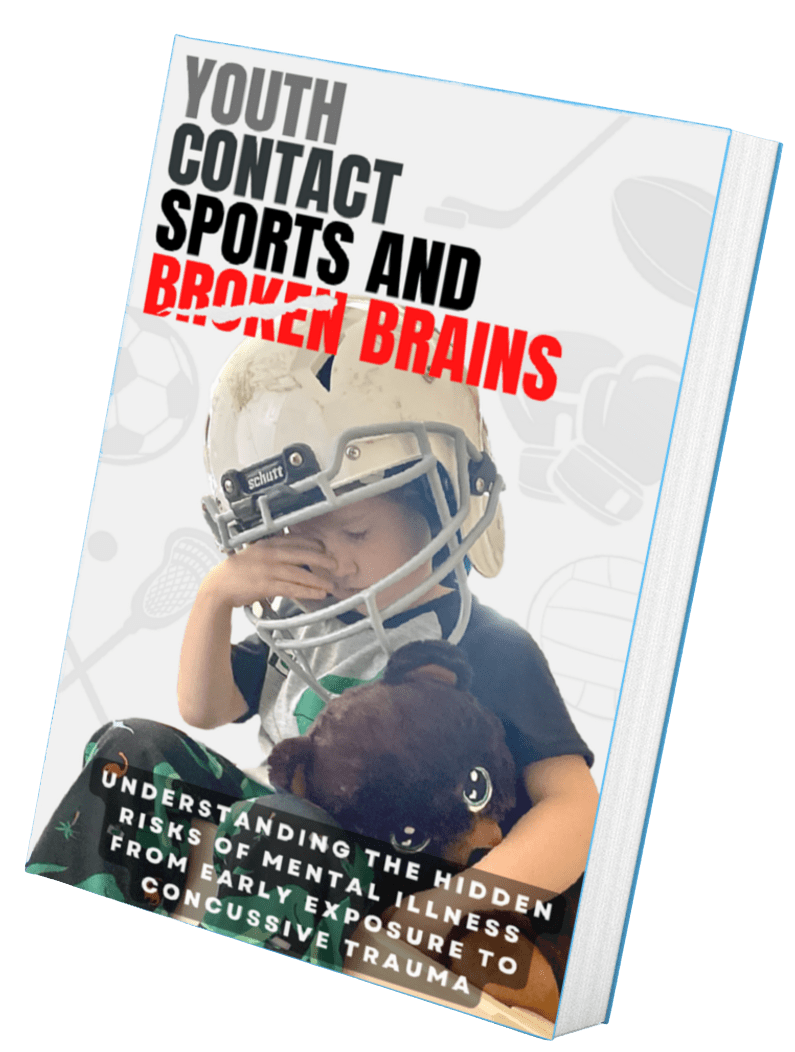
We all know that there have been substantial studies and research going on as to how to diagnose CTE in life to identify individuals that are suffering and provide intervention and treatment. While that is ongoing, it has been our position that that is unnecessary and that CTE can be diagnosed in life. The term for an “en vivo” diagnosis is Traumatic Encephalopathy Syndrome or TES and while it’s not known as much as CTE, we are hoping to change that.
The fact is, that the ability to clinically diagnose TES has been around for years but has been ignored by our nation’s science and national health organization and also, by the research community.
When I was doing the research for our book, Youth Contact Sports and Broken Brains, I was amazed at the fact that, with so much evidence of the impact of repetitive head impacts (RHI) and subconcussive trauma, the ability to say we can diagnose TES has not happened. In short, in conversations I have had with the research community about being able to clinically diagnose TES, it appears that they are focused on biomarkers and other absolute indicators that a disease is present.
That approach to CTE/TES is harming our kids and preventing adult athletes from being diagnosed.
I have blogged on this before, but I didn’t know that an article was published in 2021 outlining the conditions that are criteria to be diagnosed with TES. The study, funded by the National Institute of Neurological Disorders (NINDS) was conducted by some 20 clinician experts from a variety of backgrounds including neurology, psychiatry, neuropsychology, and physical medicine.
What they found was amazing and to me, way overdue. Here are the following criteria found in a consensus by those experts to be diagnosed with TES.

2. A progressive course of cognitive impairment (specifically in episodic or “short-term” memory and/or executive functioning, such as planning, organization, judgment, and multi-tasking) or neurobehavioral dysregulation (including explosiveness, impulsivity, rage, violent outbursts, and emotional lability) or both/
3. Moreover, the criteria require that other neurologic, psychiatric, or medical conditions cannot be fully responsible for these clinical problems, although other neurologic and psychiatric conditions may be diagnosed together with TES.
1. Substantial exposure to repetitive head impacts from contact sports, military service, or other causes (e.g., a minimum of five years of organized American football, with two or more of those years played at the high school level or beyond)

Sound familiar?
Yes, and it was me who wrote in one of our earlier blogs, that prolonged exposure to RHI combined with psychological or cognitive decline or impairment, in the absence of any physical or emotional, or genetic cause was grounds for a clinical assessment of TES.
Also, we outline in our book that assessments of a child’s concussive past and evidence of mental illness should be indicators that they have been overexposed to RHI and intervention is required. These criteria and article are groundbreaking in that it defines disease in terms of criteria that can be diagnosed and validated right now and have been for years.
The problem is, what do we do with it now?
Do this paper and its potential lie with all the other research and studies showing that kids are being harmed?
Do we not change society, legislation, and medical or psychological training to identify this condition?
Do we not provide information to parents or disseminate this information through the press, the media, and our state and local authorities?
We should. There is no reason why these indicators cannot be used immediately to develop training courses and to educate parents, psychologists, doctors, and other stakeholders to identify children in trouble.
It’s time we wake up to what we are doing to our children and push for change.
For years, the nay-sayers have stated that there is no science, no proof that contact sports hurts children and we, like others wrote a book saying they were wrong. They also said that there was no validation that there was a disease, yet CTE and now TES are known mainstream as conditions affecting adult athletes.
Now, with more research and an understanding of the adolescent brain, maybe we will be bold enough to say the time has come to protect a child’s future and not allow them to participate in contact sports.

